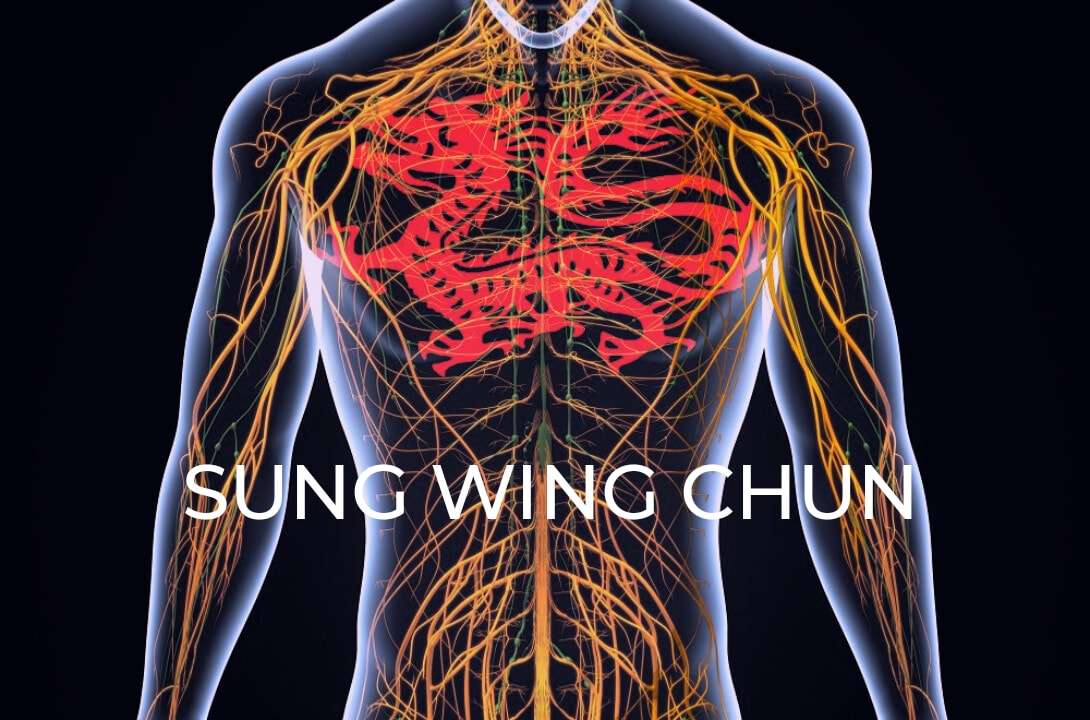July 19th, 2021
7/19/2021
My last blog was concerned with a methodology of teaching a student, but I deliberately left out a crucial point in the relationship which I call the ‘critical moment’. This is the point where it goes beyond the teacher imparting knowledge and experience and more about how the student can learn to take control of their own development. We can all reach such a point in our own training, but for a considerable period it does require a teacher to help you understand both how to get there and also what it feels like. Even when you find it unfortunately it can be fleeting and difficult to get back.
For me the critical moment is when my body and mind are in a good state of release (detached from trying) and when I go to move I can sense whether it will involve a stiffening and shortening of my muscles, or a more general release and expansion of myself. Movements look more obvious. Movement is pleasurable. At this point we not only learn that there is always a better way to move, there are a myriad of options to move, to move and think. It’s another one of those Matrix experiences where Neo not only realises that he can dodge bullets, but that he does not even have to. I’m not saying that we can do that, but what this way of thinking can do is help us experience reality for what it and how our perceptions of reality might warp the ways in which we think that we can move. This is not always possible in a busy class but my approach to teaching a private lesson is based around getting a student to this point. It might take a few minutes; might take an hour, but we both know when they are there. It can be tiring because actual thinking, thinking outside of our habitual box requires a focus that most people do not use in their day to days lives. True thinking is not mulling over the past or planning the future, its being in the moment. It does not involve feeling, because feeling is not thinking. This is where the term mindfulness in movement comes from. If you can sustain such thinking then improvement can be multiplied many time over in a single lesson. The benefit of reaching such a place in your thinking is that it changes your perceptions of movement and of yourself. That starts as physical but as there is no real separation between physical and mental then it is bound to change the way you see wing chun and the world. It’s clear to me that CST taught with similar principles even if he did not express it as such. With inexperienced students he would ‘set them up’, but they would have no conscious knowledge of how it worked because it was not based on impulses from their consciously controlled muscles. With experienced students he taught them how to achieve this themselves. When they lost it, it just took a look from him to remind them, like a spark to light the flame. The aim of all us students of wing chun has to be to understand this way of thinking and ultimately reach it on our own without the crutch of a teacher to help us.
0 Comments
Your comment will be posted after it is approved.
Leave a Reply. |
AuthorKeeping you up to date with what is happening in class Archives
July 2024
Categories |


 RSS Feed
RSS Feed